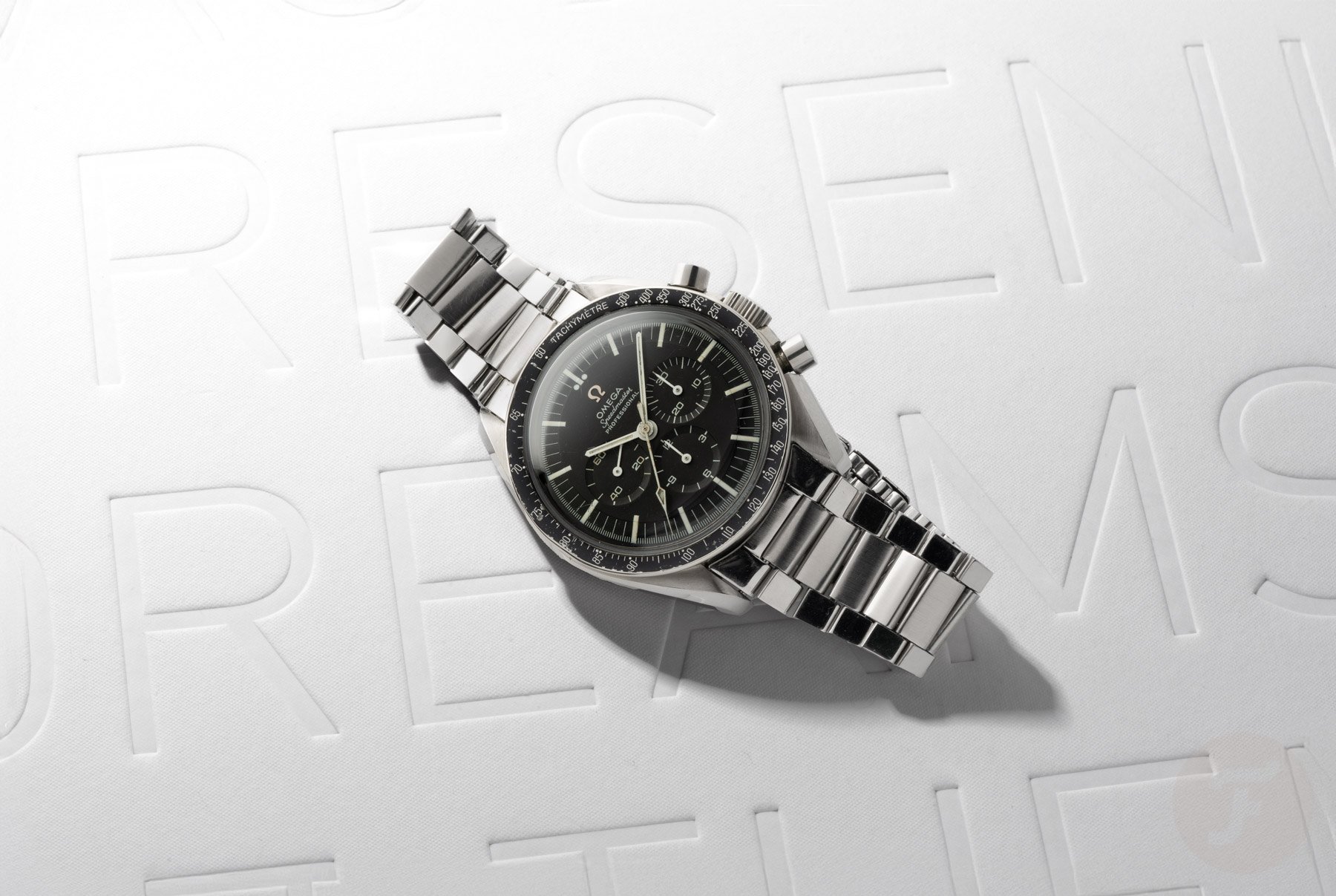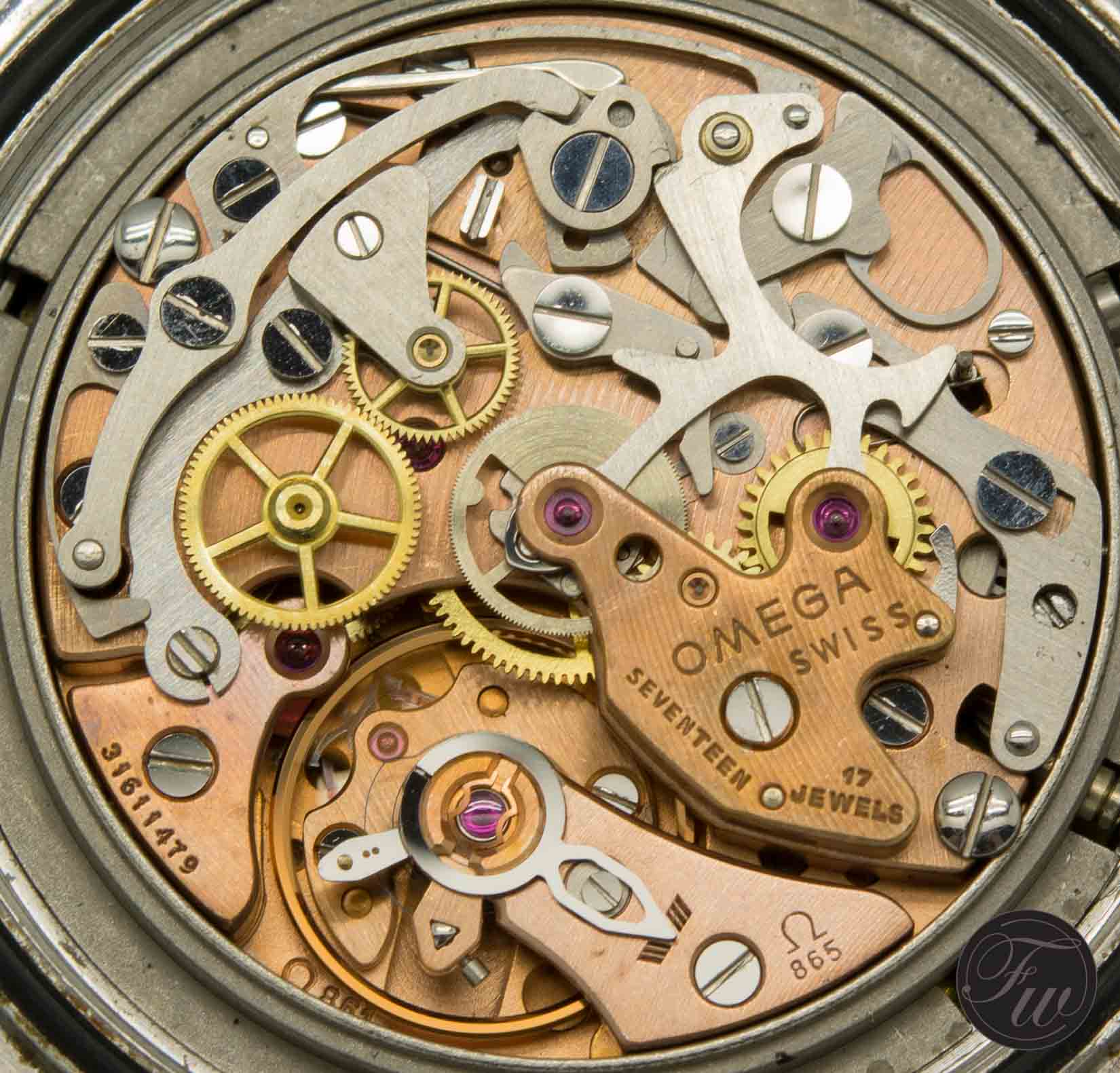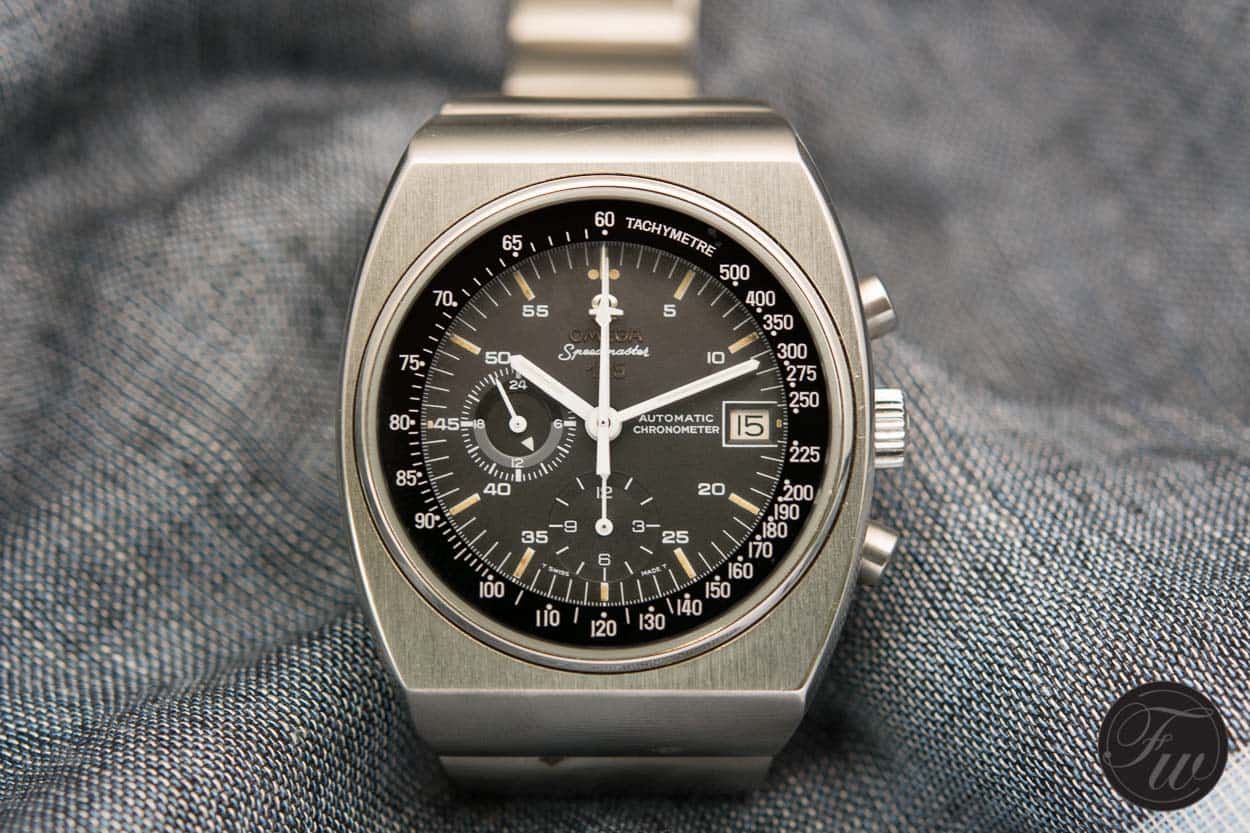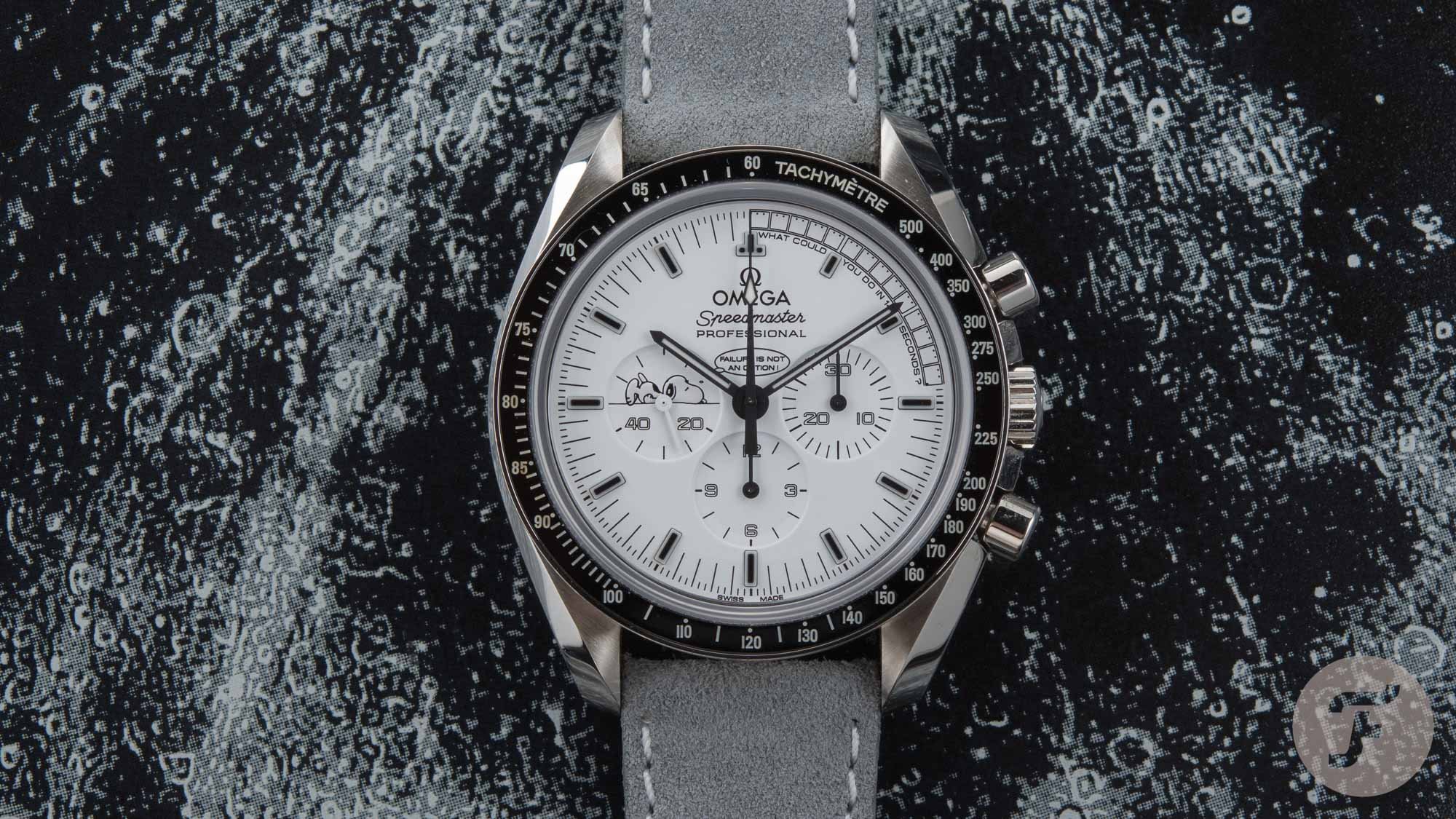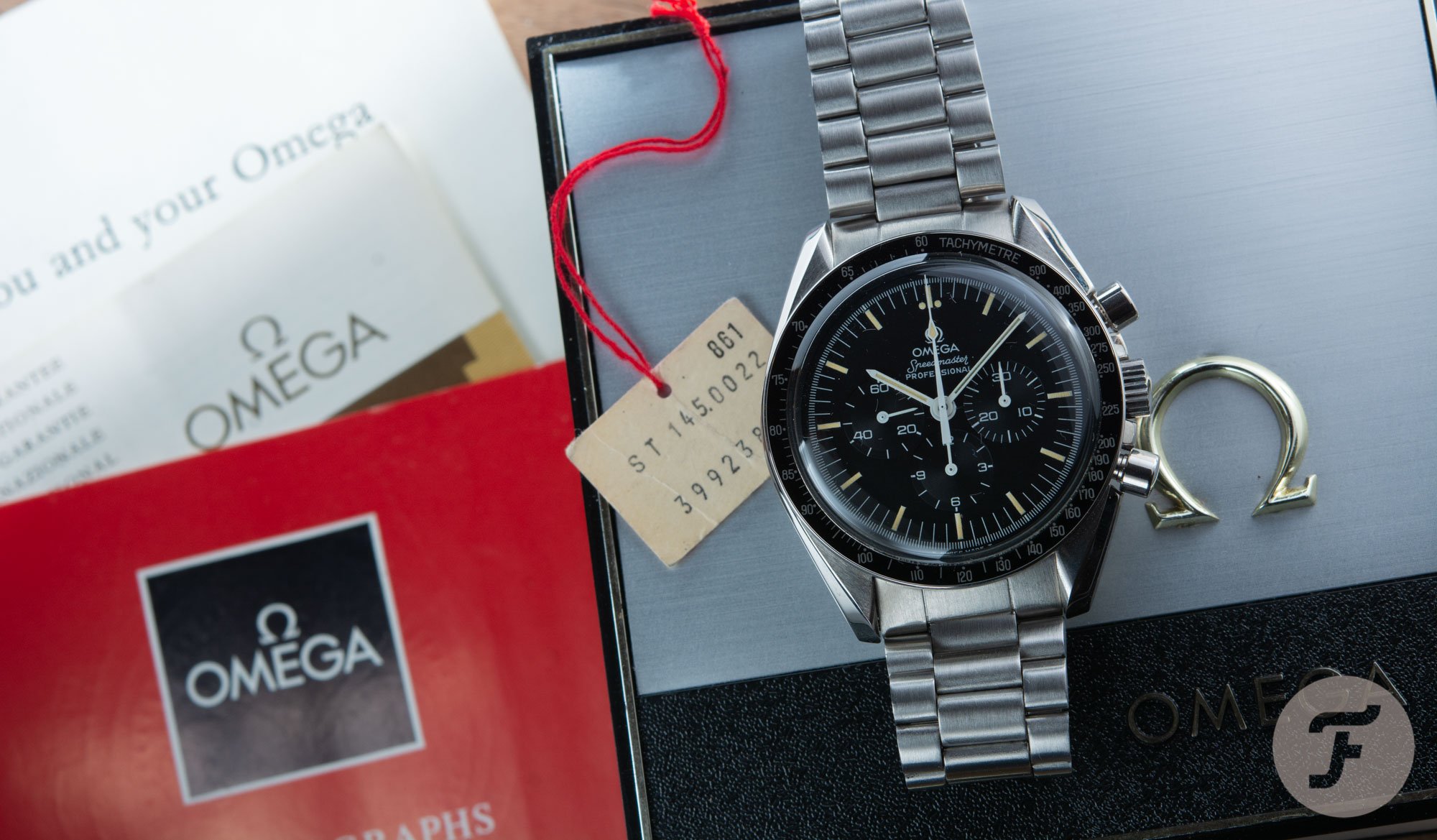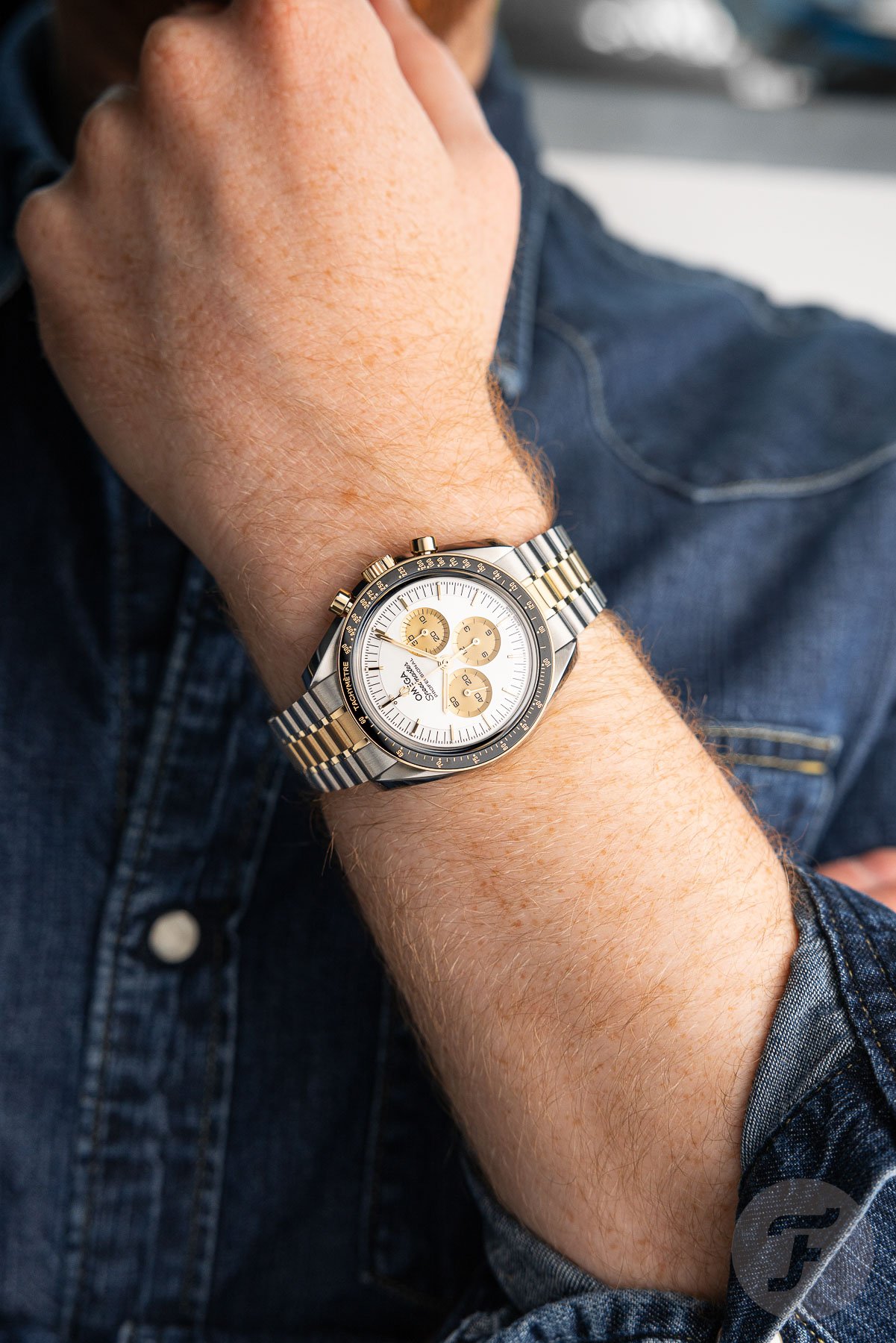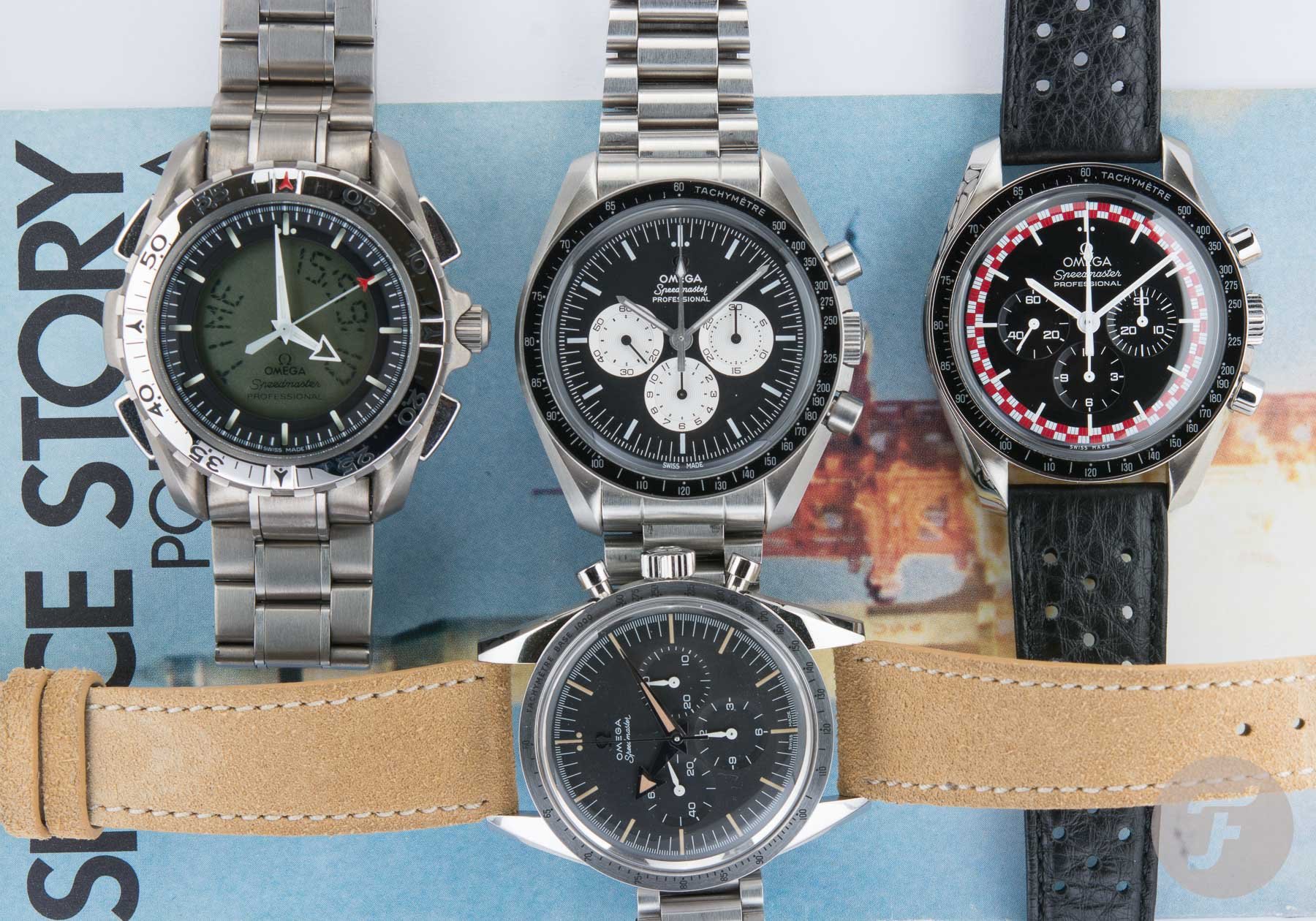Five Mistakes I Made While Collecting Omega Speedmasters (And How To Avoid Them)
I bought my first Omega Speedmaster Professional in 1999. This is also when my Speedy collecting officially began. During those 25 years of buying (and selling) Speedmaster watches, I made my fair share of mistakes. This was mainly because, back then, there wasn’t as much information available as there is today. But I also made a handful of mistakes that could have been prevented. They say you should learn from your mistakes, and I certainly did. Today, I hope that you will also be able to learn from my mistakes.
Five mistakes I made while collecting Omega Speedmasters
Things are very different today than they were 25 years ago, or even 10 years ago, for that matter. Information on Speedmasters can now be found almost everywhere. Here on Fratello, you will find over 400 articles on the Speedmaster. There’s the Moonwatch Only book as well as many other excellent sources. There’s almost no reason not to seek out a bit of support during the acquisition process. You can also post your questions on Omegaforums.net or dedicated Facebook groups. Just make sure you’ve googled your question first. And if popular search engines can’t help, mine the forums for the experience of your fellow fans,
To try and give you a head start, I will tell you about the five biggest mistakes I’ve made during the last quarter of a century. I hope this series of cautionary tales helps you avoid making the same boneheaded decisions. Enjoy!
#1. Trying to be a watchmaker
Although my understanding of how watches work is not bad, that doesn’t mean I am a watchmaker. However, I have fooled myself a few times in the past into thinking I could easily (or quickly) fix something myself. These “quick-fixes” ranged from changing batteries in an X-33 to replacing Speedmaster bezels. Occasionally, I even convinced myself I could remove scratches from a Speedmaster bracelet. But, in my experience, it always pays to pay a professional to handle these things.
Watches are expensive and should be treated with care and respect. I messed up a few things myself in the early days of collecting Speedmaster watches. My impatience—watchmakers take their time for a very good list of reasons—was the most critical factor here. I know it can be frustrating to depend on a watchmaker’s schedule, but keep your mind on the result.
What you can do, however, is open a watch and inspect the movement. Always do this with care and the proper equipment. I saw a guy opening his Speedmaster’s back with a pair of scissors once. It gave me the shivers. Inspecting the movement is helpful to check the serial number, movement number, and correct use of parts (as you can see in the image above, I once bought a Speedmaster with a bridge with “cal.865” on it, apparently a wrongly used spare part). It will also give you access to the inside of the case back and its engravings, which can help authenticate a watch.
#2. Buying a Speedmaster watch for the wrong reason(s)
I ended up with several Speedmasters that didn’t fit my collection or my standards regarding quality. I wouldn’t call it greed, but sometimes the price was attractive enough to trigger an impulsive purchase. The word “hoarding” also comes to mind. On the other hand, this also brought me to some amazing watches. That said, it is easier to build a cohesive collection if you set out with a clear goal in mind and ask yourself: “What kind of Speedmaster collection do you want to build?” I will touch upon that later.
The Speedmasters I ended up with that didn’t fit my collection have since left it. But still, it is energy (and time) wasted. It is not a golden rule, but things will be much easier if you have a specific trajectory in mind for your collection.
#3. Don’t rush to sell a Speedmaster watch
Although this seems to contradict the latter half of my second point, if you can avoid making that mistake in the first place, you would be wise not to let models leave your collection lightly. I sold several Speedmasters that I regret saying goodbye to, not because of the growth in value of some of these watches, but because I miss having them.
A sapphire sandwich, a few caliber 321 Speedmasters, a Speedmaster moon phase… The list goes on. The ones that especially sting are the caliber 321 models. They have become tough to replace because the supply of good ones is getting thinner. But it is not only me, I see many people working on an impressive Speedmaster collection, and then, before you know it, you see them offered for sale on forums and Chrono24. It is not uncommon to see their names pop up on WhatsApp a few months later, asking for help getting some of these Speedmaster watches back. I’m happy to help whenever possible, but if you hang onto your Speedmasters, you won’t have this problem.
#4. Cutting costs on condition
I still find myself doing this at times, trying to find the cheapest Speedmaster available. This contradicts my beliefs. If something is really good, it comes at a certain price—hence the firm pricing of the pre-owned Speedmasters in our Fratello shop. If something has a low price, there is invariably a reason for it.
I have bought Speedmasters in the past that were offered to me for a small amount of money, and there was always something wrong with them—a part that wasn’t correct, a faulty bracelet, or certain damage to the case, dial, or bracelet that I thought I could live with at the time. I was wrong. It is better to spend your budget on an excellent-condition Speedmaster. It may not be the reference you initially had in mind, but it is better than reaching too far and buying the reference you wanted but with flaws. Those flaws will annoy you over time or even crush the value of the watch.
I’d rather pay more for a caliber 861 in excellent condition, complete with box and papers, than a Speedmaster caliber 321 that looks like it has been on the tram rails, offered at a cheaper price. You will always regret it. Sourcing parts is not only very difficult but also costly.
#5. Don’t let others dictate what to buy
As I grow older, I care less about what others think. This also applies to watches. In the past, I have ignored several good Speedmasters (and other watches) because, in the eyes of others, they weren’t “cool” or seen as worthwhile. People saying stuff like “the X-33 is quartz, so it sucks” is the kind of nonsense I’ve learned to ignore. But I learned this the hard way. Catching up on certain watches has become very expensive. Now that the market is a bit slower (an understatement, I know), it might open up possibilities to do so, though.
I missed out on a beautiful NOS Speedmaster X-33 at a great price at an Italian Omega dealer I visited many years ago because I listened to the general opinion on the X-33. I’ve since made up for that missed opportunity by buying several, but the memory still pains me. The same is true when it comes to gold watches.
I ignored gold Speedmaster watches for an extended period because “these are tool watches and, therefore, should always be made of steel.” Well, nothing much needs to be said about that now. If gold isn’t your thing, fair enough. But don’t let others decide for you. I love gold, whether full or bi-color; I think it adds a bit of punch to the fantastic design of the Speedmaster watch. Ultimately, we’ve said a thousand times: “Don’t buy the hype, buy what you like.” And the same applies when looking to build a great Speedmaster collection.
If you want to share your mistakes, lessons you’ve learned, or tips for collecting Speedmaster watches, please feel free to do so in the comments section below.

